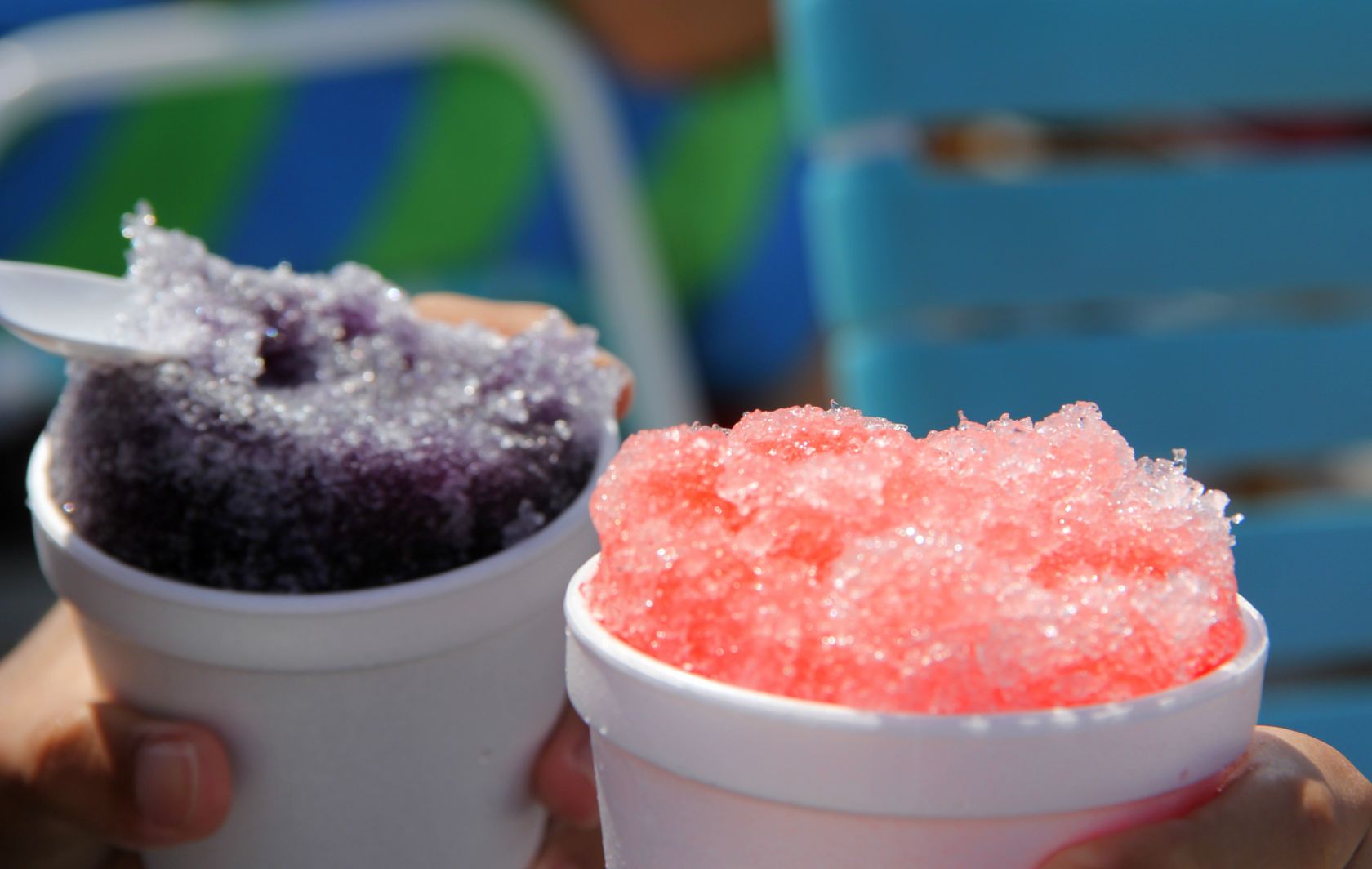Head of food at Good Food, Cassie Best explains that food health hazards are more likely to happen in the summer because ‘people are eating outdoors more and there can be fluctuations in temperature more so than in winter,’ meaning things like barbecues and picnics pose higher threats for food hygiene.
Along with Dr Linden Jack from the Food Standards Agency, the pair speak to PA about some of the food health hazards that are likely to happen in the summer, and how to avoid them.
Barbecues
“Barbecues pose a risk because people can easily undercook meats on them. For cooking meat on the barbecue, I would say your best friend is a meat thermometer or a digital cooking thermometer,” Best explains.
Jack adds: “There are many ways to protect you and your guests before, during, and after cooking, including cleaning the grill, washing hands before and during food preparation, cleaning utensils and surfaces thoroughly, defrosting meat correctly, preventing cross-contamination of raw meats with ready-to-eat foods, and checking use-by dates.”
“When it comes to cooking your meat on the barbecue, it is important to cook the food at the right temperature and for the correct length of time. Different meats have different cooking requirements, so make sure you’re familiar with them before you fire up the grill.
“A top tip is to consider cooking meat like chicken and pork in the oven first before finishing them off on your barbecue. This helps ensure meat is cooked all the way through with the added bonus of speeding up serving time. It is also important to handle leftover food from your barbecue correctly.
“Cover and cool cooked leftovers quickly at room temperature and place them in a fridge and cool bag (with ice packs) within one to two hours.”
Cross-contamination
“Cross-contamination with raw and cooked foods can happen quite easily during the warmer weather – with barbecues again,” Best explains. “Especially if you’re using barbecue tongs or different appliances to manage foods which are raw and cooked at the same time.
“You can prevent this by switching over to a different pair of tongs – so have two pairs next to you. You can also finish your meats off in the oven and this will just give everything that final blast of heat which ensures that it’s killing any potential bacteria off.
“When storing your meat you also want to keep raw food and cooked food separate. You can do that by separating it in the fridge – put raw meat at the bottom so that any of the raw meat juices don’t drip onto any cooked food items.”
Taking food outdoors
“Activities such as camping, picnics or parties are popular during the summer months, but when we take food outdoors, it is still important to store, handle and cook food properly to avoid food poisoning,” says Jack.
“The four main things to remember for good food hygiene are the 4Cs: cleaning, cooking, chilling and cross-contamination.
“Keep it clean so wash hands, surfaces and utensils thoroughly. Wash fresh fruit and vegetables thoroughly before packing them. Also always follow cooking temperature guidelines according to the recipe or packet instructions carefully and check that food is cooked completely before serving.
“Make sure you chill your food and keep it in a cool box/bag with frozen ice packs until you’re ready to eat. Any foods you’d keep in the fridge at home need to be kept cool during your picnic, including: foods with a use-by date, cooked dishes, prepared salads and sandwiches, dairy products and ready-to-eat foods.
“Then once you’ve served it up, put any remaining food back in your cool box. If you can, leave the food in a shady spot out of sunlight. If you’re out for less than four hours and the food still feels cool when you get home, you can put it back in your fridge.”

Heatwaves
“Bacteria that cause food poisoning can multiply faster in higher temperatures,” says Jack. “During the warmest times of the year, food can quickly get into the temperature range that encourages bacteria to grow. This can mean foods are riskier to eat if not prepared or stored correctly.
“Some top tips include keeping your fridge between 0-5 degrees, limiting the number of times you open your fridge, when shopping picking up chilled and frozen items last, use cool bags with ice packs, and throw away any perishables that have been out of the fridge for more than two hours during hotter than usual weather.”
Slush ice drinks
“In warm weather, children may be more likely to consume slush ice drinks containing glycerol, so it’s important that parents and carers are aware of the risks,” Jack adds.
“As a precaution, the FSA has recently recommended that children under seven do not consume slush ice drinks containing glycerol and reminded retailers that free-refill promotions should not be offered for consumption by children under 10
“Slush ice drinks can contain glycerol as a substitute for sugar to prevent them from freezing solid. While glycerol is found in some other foods, it is added at much lower quantities than in slush ice drinks. Consumed at high levels, glycerol can cause very low blood sugar levels and unconsciousness in young children.”
Dr Gauri Godbole, deputy director for gastrointestinal infections at UKHSA says: “Anyone experiencing diarrhoea or vomiting should thoroughly wash their hands after using the bathroom and avoid handling or preparing food for others. Don’t return to work, and children should not attend school or nursery, until at least 48 hours after symptoms have subsided.”














